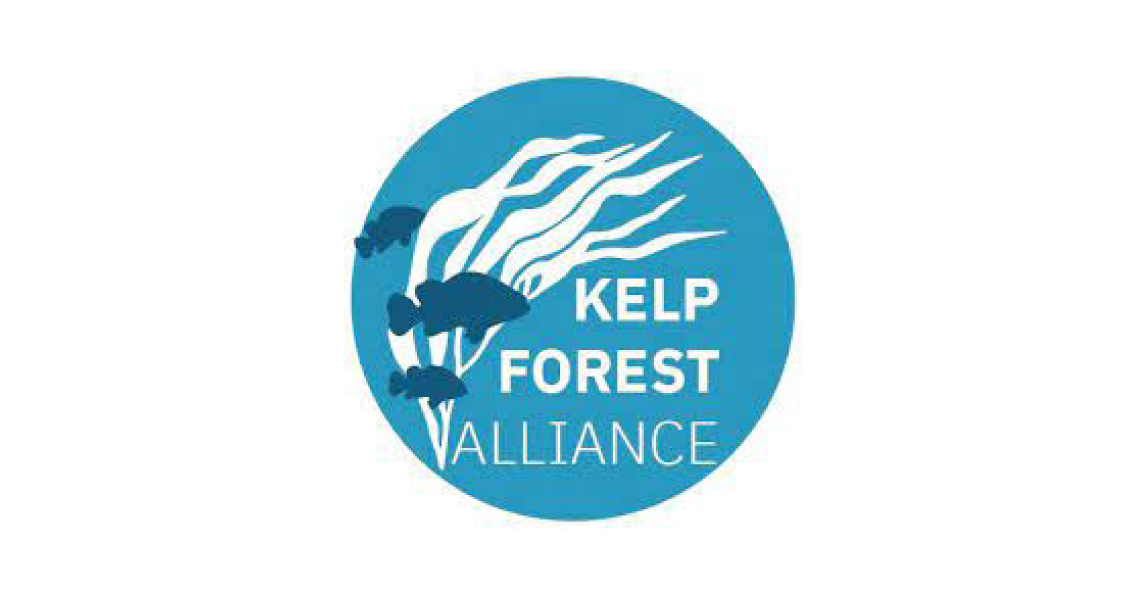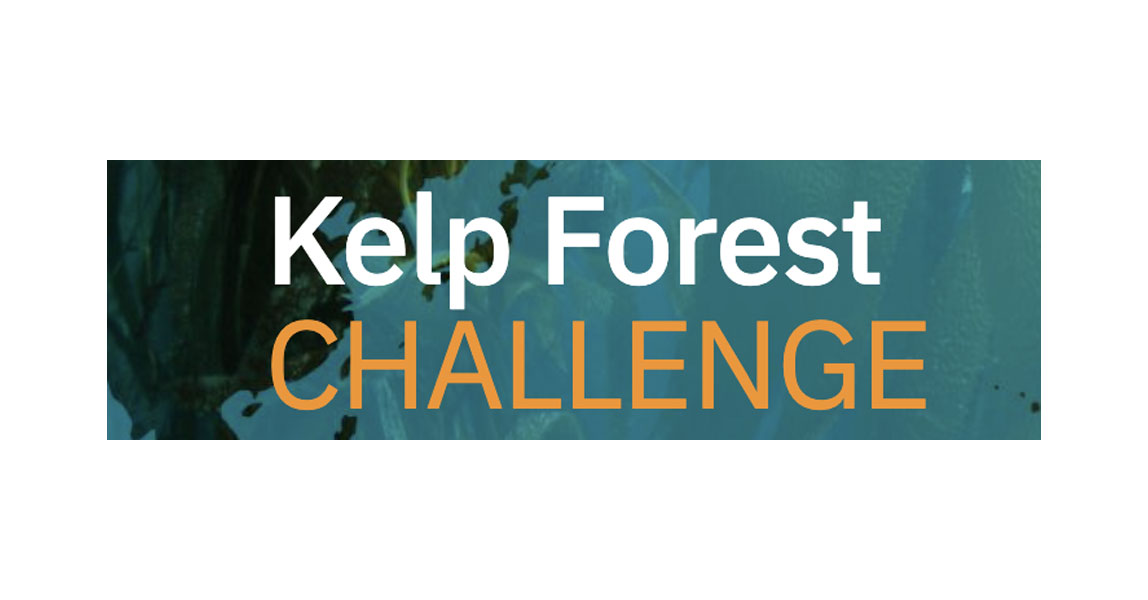Explore: Kelp Restoration Strategies & Methods and Aquaculture
Case Studies
Bull kelp is in steep decline in segments of its range, but it is doing fine in other places. Generally, bull kelp is healthy where top predators—sea otters and sunflower sea stars—remain in the system, such as Southeast Alaska and Coastal Washington State. In those areas where both sea otters and sunflower sea stars are gone (Northern CA, Oregon, parts of British Columbia), or where ocean temperature and flow disruptions cause overwhelming stress to bull kelp (Puget Sound and the Salish Sea) the steep decline has prompted extensive research.
We have chosen one bull kelp restoration project to highlight from each bioregion, but there are others. Just as varying environmental conditions for bull kelp health are described on the regional story pages of this site, the same is true of restoration efforts: each is unique, necessitating different strategies for helping restore or maintain kelp forest resilience. These are nascent and experimental efforts. We hope these case studies will facilitate learning and communication across regions.








